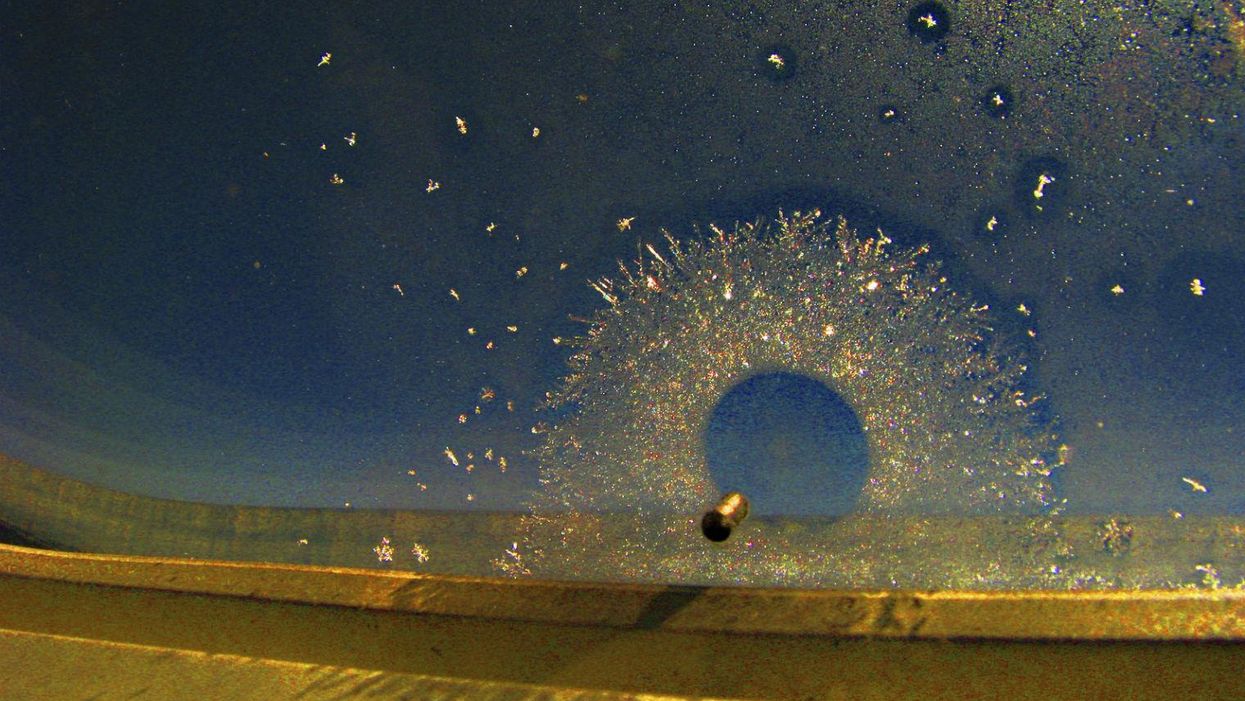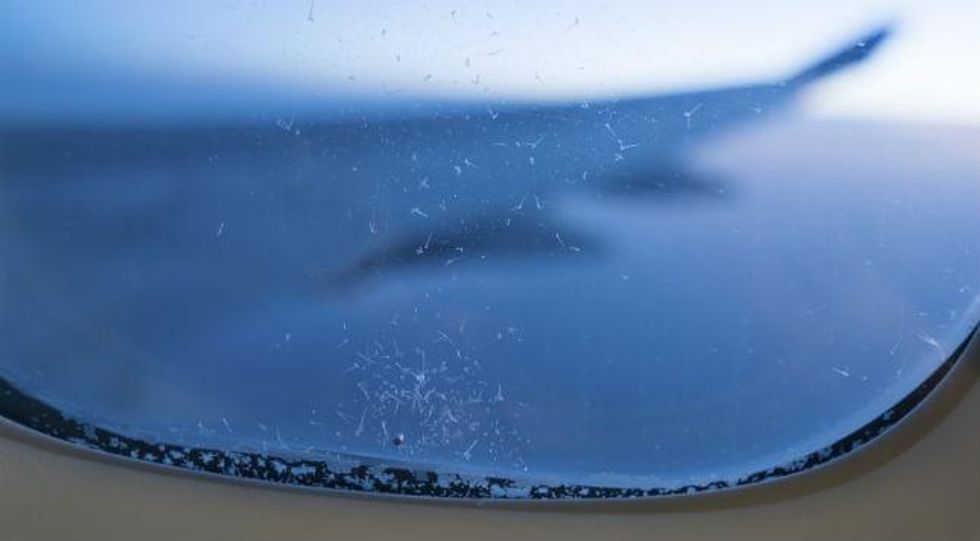News
Narjas Zatat
Aug 08, 2016

Picture: MiguelUrbelz/Getty
If you’re a window-seat kind of person, you’ll be very familiar with the little crystallised holes on the outside of your plane window.
And you've probably gone through a moment of panic - is there a hole in the window? Will it crack and break?
Not to worry, the holes are there on purpose, and actually protect you.
How?
Firstly, the window that you can touch is actually only one of three acrylic layers: the first pane, closest to you, the middle pane, which sports the main hole called the breather, and the outer pane.
Now, planes typically fly between 36,000 and 40,000 feet in the air and at that height, the level of oxygen is very low.
At sea level, the average human experiences just under 15 pounds of pressure per square inch, however the higher above sea level we climb, the less pressure - 3.4 pounds in total to be exact – we feel.
In an effort to minimise the discomfort we feel, the plane has an air conditioner pump air into the plane similar to the pressure we feel on the ground.
And while this is beneficial for us, it causes an imbalance – low pressure outside, high pressure inside – which the air inside the plane seeks to correct.
Pilot Mark Vanhoenacker, writing for Slate says:
The outer two cabin windows are designed to contain this difference in pressure between the cabin and the sky. Both the middle and the outer panes are strong enough to withstand the difference on their own, but under normal circumstances it’s the outer pane that bears this pressure—thanks to the breather hole.
More: What happens if you die on a plane
More: What really happens if you don't put your phone in flight mode on a plane
Top 100
The Conversation (0)














